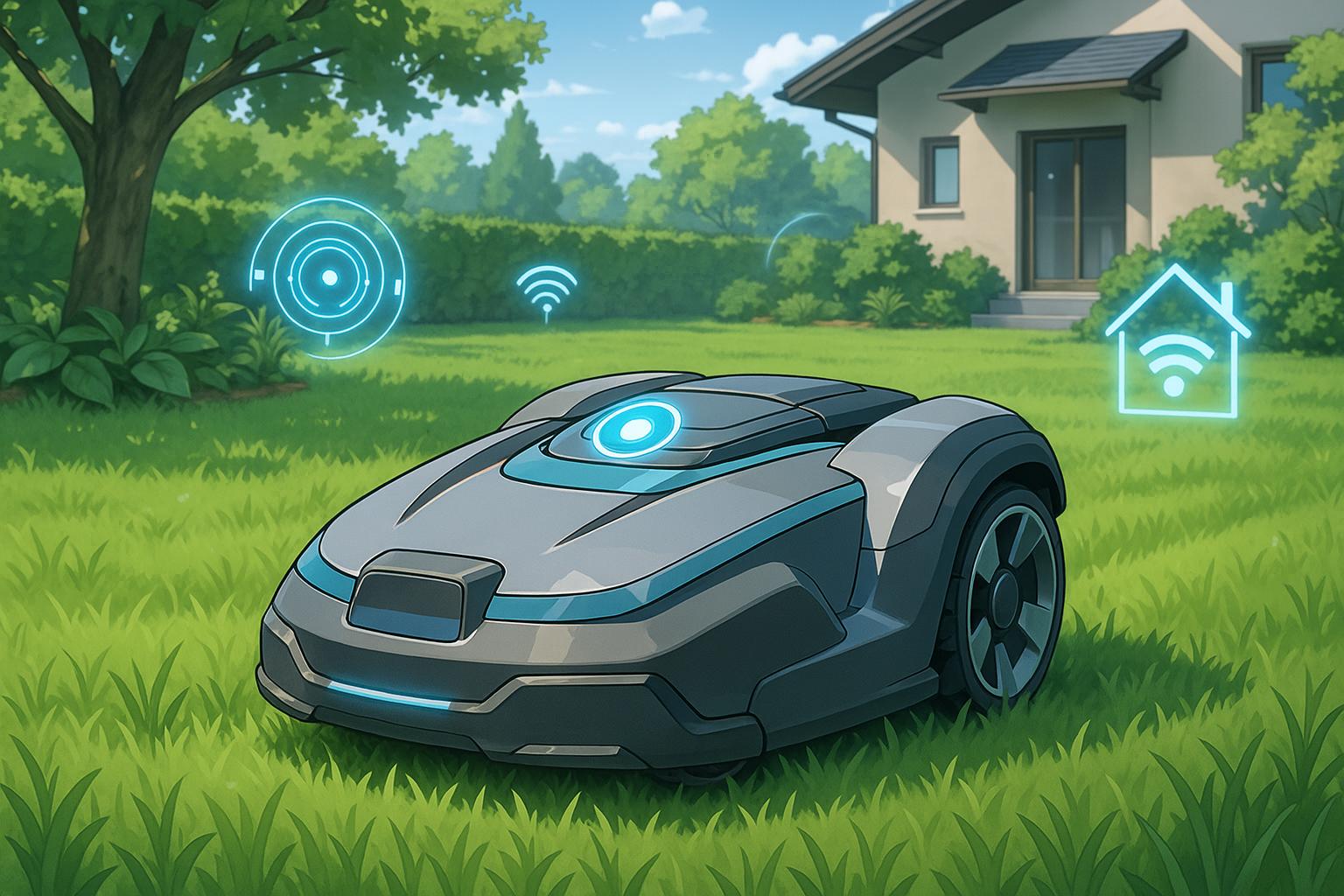The Robotic Lawn Mower market is positioned for remarkable growth, buoyed by a blend of technological advancements, rising consumer demand for convenience, and an increasing emphasis on environmental sustainability. With the global market projected to expand from approximately USD 1.57 billion in 2022 to over USD 4.6 billion by 2030, reflecting a compound annual growth rate (CAGR) of 14.9% from 2023 to 2030, interest in these automated devices is surging.
This burgeoning sector is primarily driven by the appeal of hassle-free lawn maintenance solutions. Robotic lawn mowers allow homeowners and businesses to reclaim valuable time previously spent on this routine activity. Innovations in navigation systems, sensor technologies, and battery efficiency significantly enhance the reliability and performance of these machines, even in more intricate lawn layouts. This progress not only improves operational efficiency but also addresses environmental concerns by offering quieter alternatives to traditional gasoline-powered mowers, reducing both noise pollution and carbon emissions.
Currently, North America dominates the market landscape, contributing over 35% of global revenue in 2022. The region's robust purchasing power, combined with a strong inclination towards smart home solutions, has catalysed the adoption of robotic mowers. Meanwhile, the Asia-Pacific region is witnessing swift growth as urbanisation accelerates; countries like China and Japan are leading this trend as consumers increasingly seek automated solutions for landscaping.
In terms of application, the market spans residential and commercial sectors, with residential users generating substantial revenue. Reports indicate that residential users alone contributed approximately USD 4.44 billion in revenue as recently as 2023. This segment prioritises user-friendly technology, often opting for devices that integrate seamlessly with smart home systems. Commercial users, on the other hand, lean towards mowers that bolster efficiency and optimise cost savings, a trend that is particularly appealing for large-scale operations like golf courses and corporate parks.
The Robotic Lawn Mower industry is also benefiting from the development of new features aimed at improving user experience. Innovations such as advanced obstacle detection, anti-theft mechanisms, and extended battery life are enhancing safety and usability. Manufacturers are increasingly focusing on smart features that allow for remote control and scheduling through mobile applications, which caters to the tech-savvy consumer demographic. For instance, dynamic weather-based schedules can optimise mowing tasks to fit consumer lifestyles more efficiently.
However, several challenges linger that could hinder the market's expansive trajectory. Firstly, the high initial cost of robotic mowers remains a significant barrier for many potential users. While proponents argue that labor and maintenance savings can eventually offset this cost, convincing consumers of this value proposition requires targeted marketing strategies. Furthermore, navigating complex terrains and extreme weather conditions presents a practical limitation for current models, mandating further technological improvements to enhance their adaptability and reliability.
Additionally, issues of security and maintenance persist. Some consumers express reluctance over theft and vandalism risks associated with these expensive machines. Although robotic mowers generally require minimal maintenance, periodic upkeep such as blade sharpening and battery management is essential, further contributing to the total cost of ownership. Creating robust support systems for installation and repairs is crucial, especially in regions where such services are currently limited.
Notably, industry players are exploring diverse growth opportunities. The push towards sustainability resonates well with environmentally conscious consumers, creating demand for models that feature lower emissions and reduced noise levels. Moreover, untapped markets in developing nations promise significant potential for expansion as consumer awareness and demand for smart home technologies grow.
As the Robotic Lawn Mower market evolves, it stands at the nexus of convenience, innovation, and sustainability, making it an integral part of modern lawn care practices. Stakeholders within this industry must continue to anticipate consumer needs and address the challenges that could impede growth, ensuring that the future landscape of lawn maintenance is not only automated but also more eco-friendly and user-centric.
📌 Reference Map:
- Paragraph 1 – [1], [2]
- Paragraph 2 – [1], [4]
- Paragraph 3 – [3], [5]
- Paragraph 4 – [6], [7]
- Paragraph 5 – [1], [2]
- Paragraph 6 – [1], [3]
- Paragraph 7 – [2], [5]
- Paragraph 8 – [1], [4]
Source: Noah Wire Services
